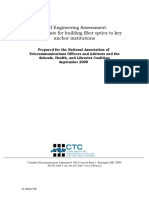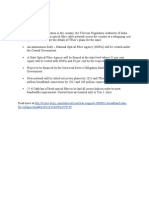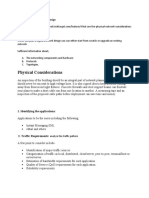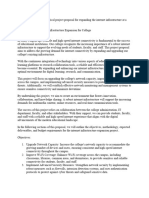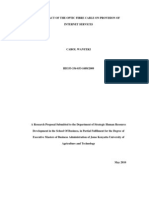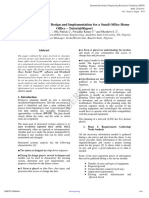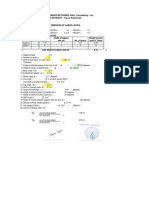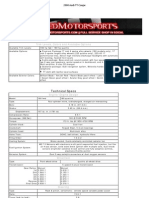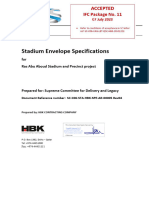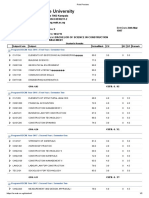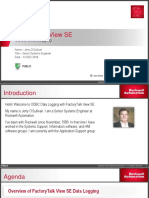0% found this document useful (0 votes)
20 views3 pagesProject Report
The project aims to design and implement an optical fiber network for a community of 10,000 people across 5 villages, enhancing internet access and quality of life. Key strategies include analyzing geography, obtaining permissions, and providing training for effective use of the new network. Recommendations include using wireless technology for remote areas and establishing a community-based maintenance system.
Uploaded by
dukuzehirwa22Copyright
© © All Rights Reserved
We take content rights seriously. If you suspect this is your content, claim it here.
Available Formats
Download as DOCX, PDF, TXT or read online on Scribd
0% found this document useful (0 votes)
20 views3 pagesProject Report
The project aims to design and implement an optical fiber network for a community of 10,000 people across 5 villages, enhancing internet access and quality of life. Key strategies include analyzing geography, obtaining permissions, and providing training for effective use of the new network. Recommendations include using wireless technology for remote areas and establishing a community-based maintenance system.
Uploaded by
dukuzehirwa22Copyright
© © All Rights Reserved
We take content rights seriously. If you suspect this is your content, claim it here.
Available Formats
Download as DOCX, PDF, TXT or read online on Scribd
/ 3







